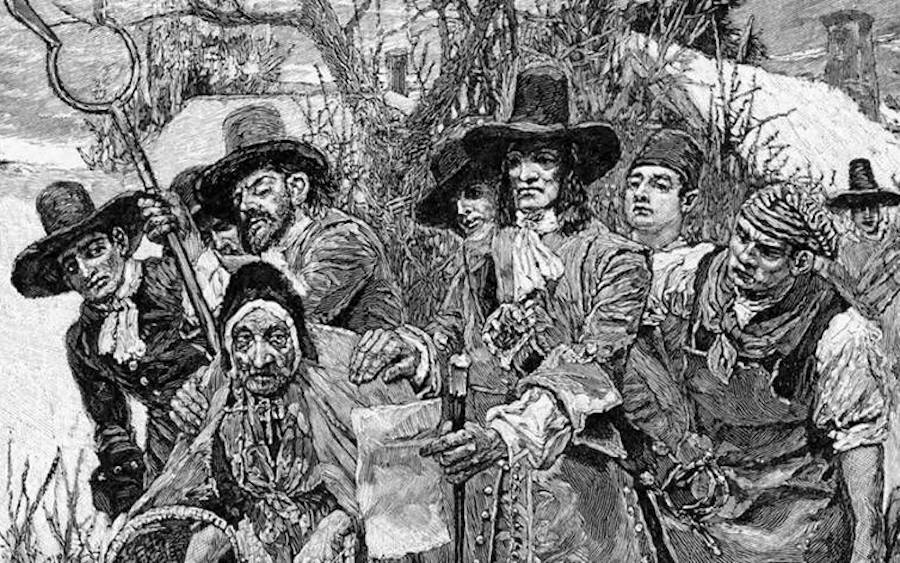Cold Weather Before The Salem Witch Trials

Wikimedia CommonsWhile many victims were hanged during the Salem witch trials, some faced even more brutal executions.
It may sound strange, but cold weather has been suggested as a potential cause of the Salem witch trials. In 2004, Harvard graduate Emily Oster suggested this theory in her senior thesis.
In her paper, Oster points out that the most active era of witchcraft trials in Europe and other places coincided with a 400-year period of lower-than-average temperatures.
“The most active period of the witchcraft trials (mainly in Europe) coincides with a period of lower-than-average temperature known to climatologists as the ‘little ice age,'” Oster wrote.
“The colder temperatures increased the frequency of crop failure, and colder seas prevented cod and other fish from migrating as far north, eliminating this vital food source for some northern areas of Europe.”
Oster posited that “people would have searched for a scapegoat in the face of deadly changes in weather patterns.” As it turns out, the year 1692 fell right in the middle of a 50-year-long cold spell from 1680 to 1730, giving some weight to the theory.
On top of that, many people at the time believed that witches were able to control the weather and destroy crops. So when people suffered from poor harvests and bad weather, some may have concluded that it was all the work of witches.





